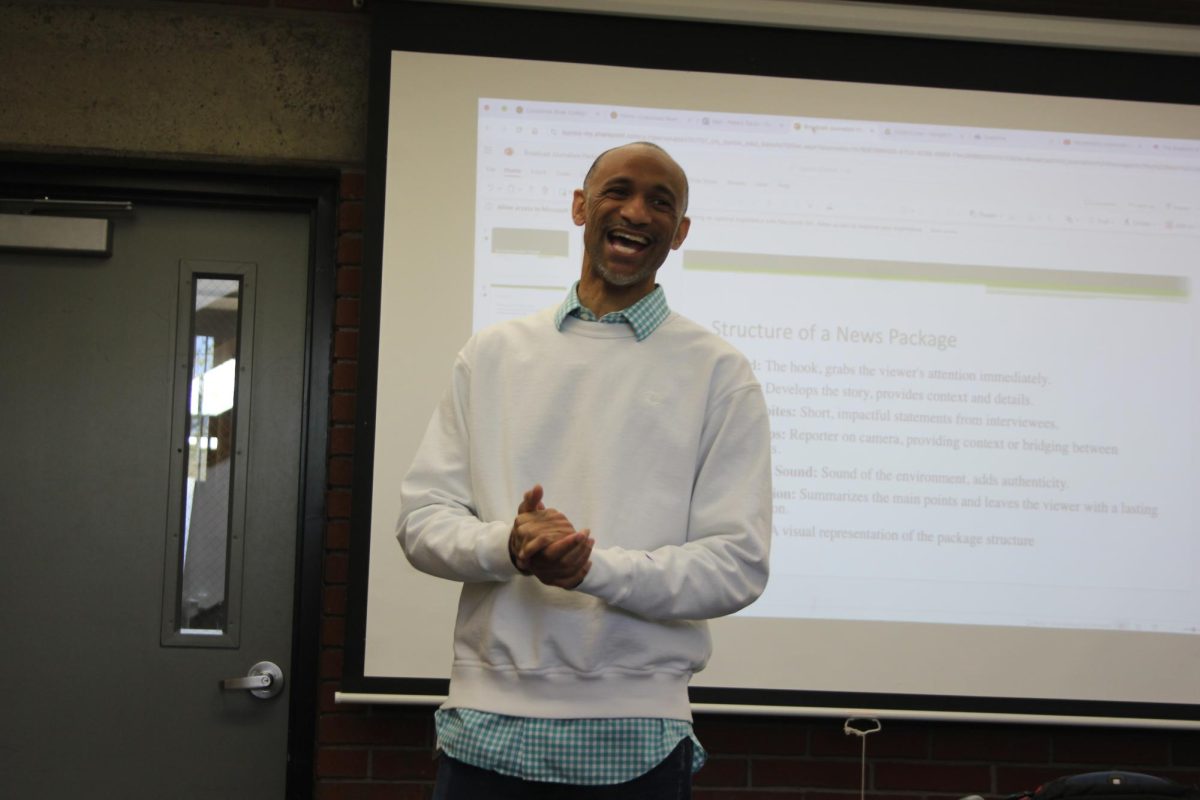Affirmative action measure is misguided attempt to address under representation
February 11, 2014
The United States of America has always been a nation that can’t get it right when it comes to issues of race or gender.
On Jan. 30, the California State Senate opened up another can of worms when it comes to race and gender in college admissions. The group voted to put a constitutional amendment on the ballot that would allow state universities and colleges to give preferential treatment based on race or gender in deciding whom to recruit or admit.
The measure, SCA5, if approved by the assembly, could go on the ballot in November, but it’s much more likely to appear in 2016 to coincide with the presidential election, according to The Los Angeles Times.
If voters approve the measure, it would repeal parts of California Proposition 209, which was made law in 1996, and that prevents preferential treatment by colleges when it comes to admission decisions.
Sen. Ed Hernandez (D-Los Angeles), the bill’s author, said to the LA Times, “A blanket prohibition on consideration of race was a mistake in 1996, and we are still suffering the consequences from that initiative today.”
While addressing inequality is an important issue, this bill simply misses the mark. As a society we cannot address or solve the issues of inequality and perceived racism of the system by creating a new form of inequality and changing the direction of discrimination.
Hernandez argues that minorities are underrepresented at state universities, which can’t be denied.
In 1995, minorities made up 21 percent of freshmen in the University of California system, and that number fell to 18 percent by 2004, according to The Washington Post.
However, this year’s freshman class tells a different story. While Latinos and African Americans are still underrepresented, so are white students.
The Associated Press reported that this year’s class was 28.1 percent white, 27.6 percent Latino and 4.2 percent African American. While Asian Americans make up 36 percent of the class, which is more than twice the percentage of Asians in California’s population.
So is it Proposition 209’s fault, or is there a bigger issue?
The fact that we can ask a question like that at this time, means the bill is misguided and isn’t the answer to underrepresentation.
Our Democratic governor, Jerry Brown, vetoed similar legislation from Hernandez in 2011, which was a poorly-thought bill then, and still is today.
Taking from one group and giving to another is never the answer.
However, a constitutional amendment would go straight to the voters without the involvement of the governor.
Sen. Joel Anderson (R-Alpine) told The LA Times, “It [the bill] doesn’t create more space in our colleges and universities, it just rearranges the chairs on the Titanic.”
Giving preferential treatment to certain races or genders over others won’t fix the gaping holes that budget cuts and poor legislation have drilled into this ship.
We need a plug, not new seats on a sinking ship.
Letters to the editor can be sent to [email protected]





